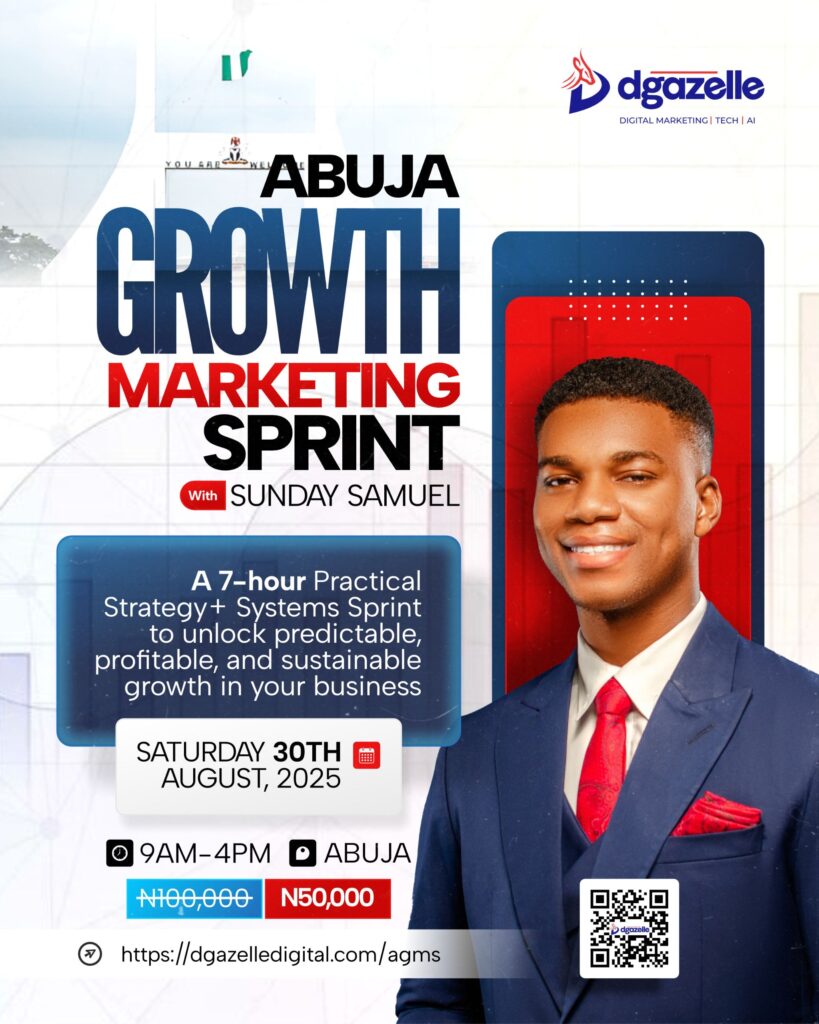Introduction
Advertising dilemma is not a new concept in the business world, as a Small and Medium-sized Enterprise (SME) owner, grappling with the conundrum of advertising is nothing new, in a world inundated with marketing messages, the decision to allocate resources to advertising is not one to be taken lightly. The burning question is: Is spending your hard-earned money on ads truly worth the investment?
As we delve into this complex dilemma, we’ll explore the intricacies of business advertising, dissect common concerns, and illuminate the potential benefits that a well-executed ad campaign can bring to your SME. By the time you reach the end of this article, you’ll not only gain insights into the nuances of effective advertising but also discover a compelling offer to help you convey your intended message to your audience through meticulously designed, curated ads. Let’s embark on this journey to unravel the true worth of investing in advertising for your business.
The Advertising Dilemma: To Spend or Not to Spend
For many SME owners, advertising can feel like a gamble. With limited resources and a multitude of marketing avenues, the fear of investing in campaigns that yield lackluster results is a genuine concern. However, the first step in resolving this dilemma is to acknowledge that effective advertising is not a one-size-fits-all endeavor.
The uncertainty surrounding the return on investment (ROI) for advertising often leaves business owners hesitant to allocate funds to this marketing strategy.
The fear of wasted resources and the lack of a clear understanding of how advertising can benefit the business exacerbate the dilemma, creating a barrier to making informed decisions.
By dissecting the components of effective advertising and understanding its potential impact, SME owners can navigate this dilemma with confidence, ensuring that every penny spent contributes to the growth and success of their business.

Image by Freepik
The Dynamics of Effective Advertising
Let’s unravel the layers of effective advertising to decipher whether spending money on ads is a prudent investment for your SME.
- Targeted Reach: Pinpointing Your Audience
One of the hallmarks of successful advertising is its ability to reach the right audience. Rather than broadcasting your message to the masses, targeted advertising allows you to pinpoint specific demographics, interests, and behaviors, ensuring that your message resonates with those most likely to convert into customers.
- Brand Visibility: Standing Out in a Crowded Market
In a sea of competitors, standing out is imperative. Well-crafted ads elevate your brand’s visibility, creating a memorable impression on potential customers. This increased visibility contributes to brand recall and positions your SME as a top-of-mind choice when consumers are ready to make a purchase.
- Driving Conversions: Turning Viewers into Customers
The ultimate goal of advertising is to drive conversions. Whether it’s making a purchase, filling out a form, or subscribing to a service, effective ads guide viewers through a seamless journey, transforming them from passive observers to active participants in your business.
- Measurable Results: Analyzing the Impact
Unlike some traditional forms of marketing, digital advertising provides robust analytics. With the ability to measure key performance indicators such as click-through rates, conversion rates, and return on ad spend, you gain valuable insights into the effectiveness of your campaigns. This data-driven approach allows you to refine your strategies for optimal results.
- Adaptability: Navigating Changing Landscapes
The advertising landscape is dynamic, and what works today may need adjustment tomorrow. Effective advertising is adaptable, allowing you to pivot based on changing market conditions, consumer behaviors, and emerging trends. This adaptability ensures that your campaigns remain relevant and impactful over time.
Navigating the Cost-Effectiveness Quandary
While the benefits of effective advertising are clear, the concern about the costs involved is a legitimate consideration for SME owners. Let’s address the cost-effectiveness quandary and explore how strategic spending can yield significant returns.
- Return on Investment (ROI): Measuring Success
The key to determining the cost-effectiveness of advertising lies in assessing the return on investment. Rather than viewing advertising expenses as mere costs, consider them as investments in your business’s growth. By diligently tracking the results of your campaigns, you can measure the ROI and make informed decisions about future ad spend.
- Budget Allocation: Strategic Planning
Successful advertising doesn’t always require a massive budget. Strategic planning is crucial to maximizing the impact of your ad spend. By allocating your budget wisely across platforms, targeting options, and ad formats, you can achieve meaningful results without breaking the bank.
- Cost-Effective Platforms: Digital Advantages
Digital advertising platforms, such as social media and search engines, offer cost-effective solutions for SMEs. These platforms often allow for precise targeting, ensuring that your ads are seen by those most likely to engage with your business. Additionally, the flexibility of digital advertising enables you to set budget caps and adjust spending based on performance.
- Long-Term Benefits: Investing in Growth
Consider advertising not just as a short-term expense but as a long-term investment in your business’s growth. A well-established brand presence, increased customer loyalty, and a growing customer base are long-term benefits that outweigh the immediate costs of advertising.

Image by wayhomestudio on Freepik
Conveying Your Message Effectively through Curated Ads
In the ever-evolving landscape of business advertising, the way you convey your message is as crucial as the decision to spend on ads. Curated ads, meticulously designed to align with your brand identity and resonate with your target audience, can elevate the impact of your advertising efforts.
Ready to convey your intended message through curated ads? Our team specializes in designing ads that captivate and convert. Contact us to discuss how we can help you create compelling, curated ads for your business.
Conclusion
The business advertising dilemma – to spend or not to spend – is a complex decision that requires careful consideration. By understanding the dynamics of effective advertising, navigating the cost-effectiveness quandary, and embracing the potential benefits, SME owners can make informed decisions that contribute to the growth and success of their businesses.
Don’t let uncertainty hinder your business’s potential. Reach out to us today to discuss how we can help you navigate the advertising landscape, design curated ads that convey your intended message, and maximize the impact of your marketing efforts. Your journey to effective advertising and business growth begins here.







